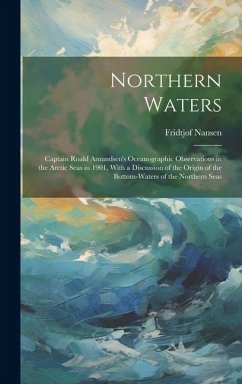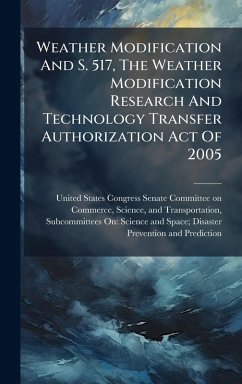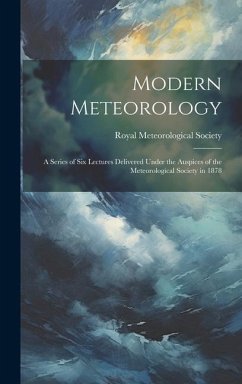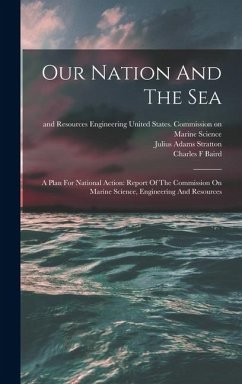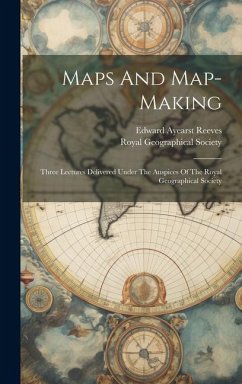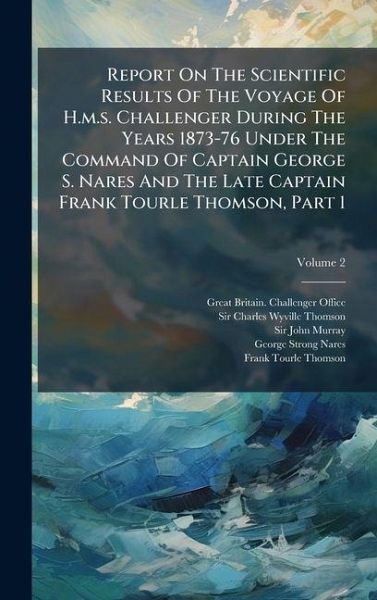
Report On The Scientific Results Of The Voyage Of H.m.s. Challenger During The Years 1873-76 Under The Command Of Captain George S. Nares And The Late Captain Frank Tourle Thomson, Part 1
Versandkostenfrei!
Versandfertig in über 4 Wochen
41,99 €
inkl. MwSt.

PAYBACK Punkte
21 °P sammeln!
This volume, part of the larger "Report on the Scientific Results of the Voyage of H.M.S. Challenger," documents the findings of the historic Challenger expedition of 1873-1876. Under the command of Captain George S. Nares and the late Captain Frank Tourle Thomson, the H.M.S. Challenger undertook a groundbreaking voyage of scientific exploration, charting previously unknown ocean depths and collecting a vast array of biological and geological specimens. Edited by Sir Charles Wyville Thomson and Sir John Murray, this report presents detailed scientific observations and analyses, offering invalu...
This volume, part of the larger "Report on the Scientific Results of the Voyage of H.M.S. Challenger," documents the findings of the historic Challenger expedition of 1873-1876. Under the command of Captain George S. Nares and the late Captain Frank Tourle Thomson, the H.M.S. Challenger undertook a groundbreaking voyage of scientific exploration, charting previously unknown ocean depths and collecting a vast array of biological and geological specimens. Edited by Sir Charles Wyville Thomson and Sir John Murray, this report presents detailed scientific observations and analyses, offering invaluable insights into the oceanography and marine biology of the late 19th century. This work remains a significant resource for understanding the early development of oceanographic science and the profound impact of the Challenger expedition on our knowledge of the world's oceans. This work has been selected by scholars as being culturally important, and is part of the knowledge base of civilization as we know it. This work was reproduced from the original artifact, and remains as true to the original work as possible. Therefore, you will see the original copyright references, library stamps (as most of these works have been housed in our most important libraries around the world), and other notations in the work. This work is in the public domain in the United States of America, and possibly other nations. Within the United States, you may freely copy and distribute this work, as no entity (individual or corporate) has a copyright on the body of the work. As a reproduction of a historical artifact, this work may contain missing or blurred pages, poor pictures, errant marks, etc. Scholars believe, and we concur, that this work is important enough to be preserved, reproduced, and made generally available to the public. We appreciate your support of the preservation process, and thank you for being an important part of keeping this knowledge alive and relevant.






